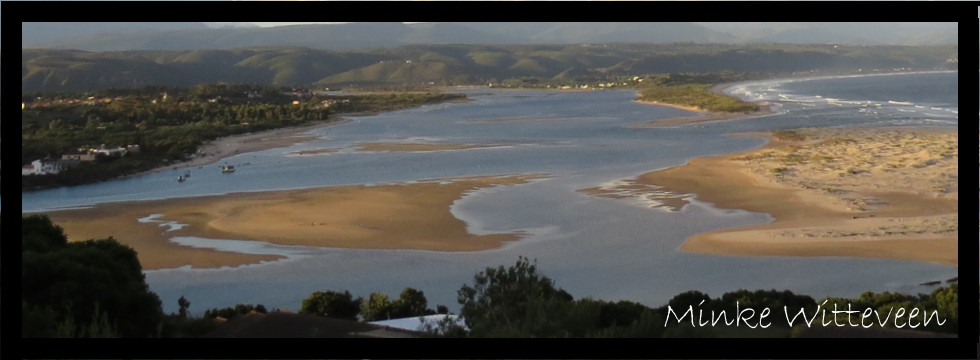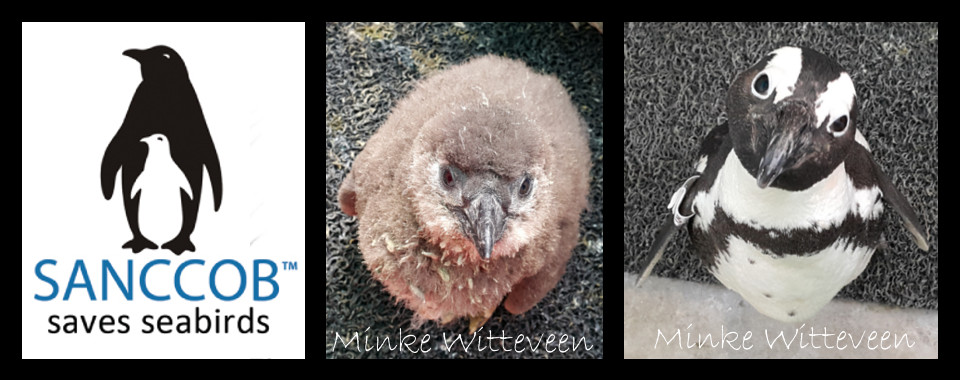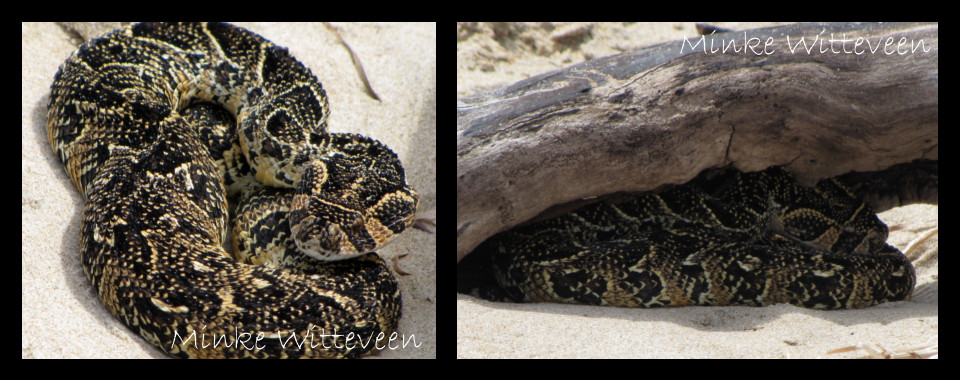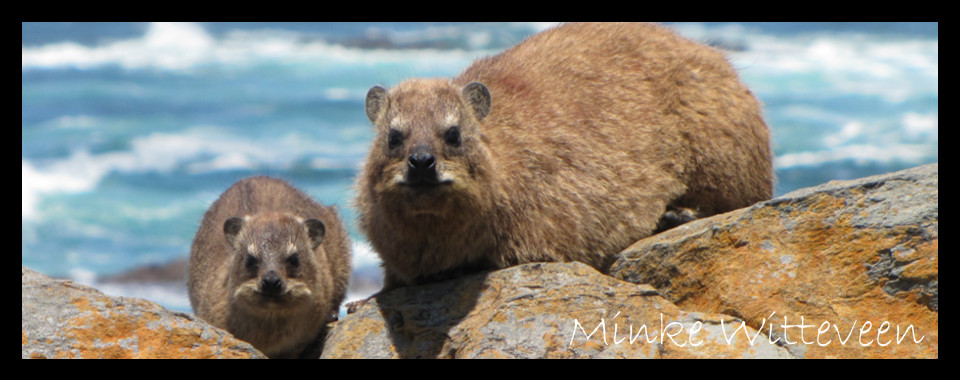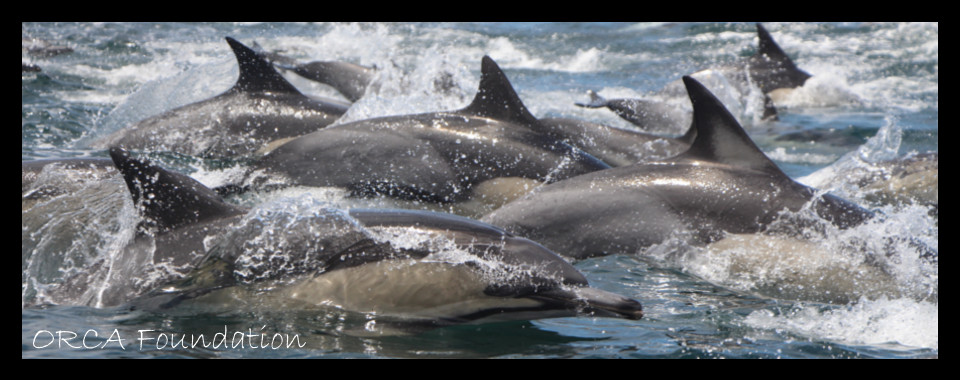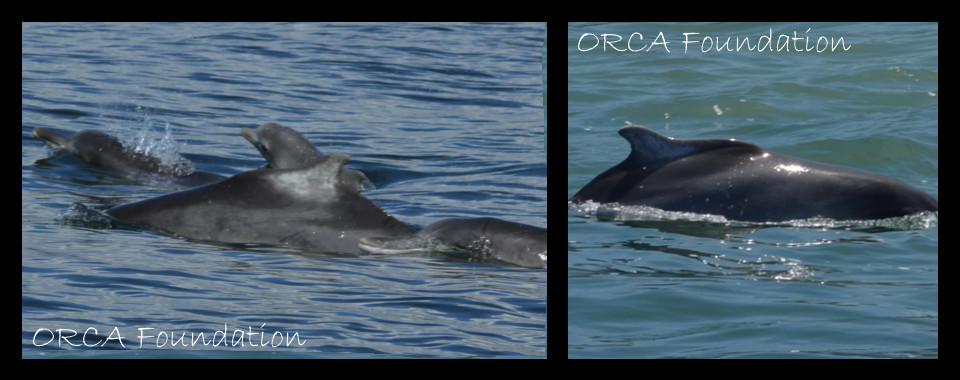The ocean is a noisy place, as, unlike light and other possible stimuli, sound can travel very efficiently in seawater. Anthropogenic noise pollution in the marine environment is becoming a large concern – underwater noise created by ships and other human-related sources can be detected many kilometres away, far beyond what would be seen or READ MORE
A seismic survey is a method of investigating the subterranean structure, primarily used in search of oil and gas deposits. Marine seismic surveys have been performed since the 1950s when chemical explosives were used to create sound waves. In the 1960s airguns were developed and are now currently used for almost all seismic surveys. Airguns READ MORE
You’re slowly cruising along the Keurbooms River when the boat motor sputters and dies, and once you pull it up out of the water, there clogged in the propeller is a clump of Cape eelgrass or zostera grass Zostera capensis. You’re swimming in the Keurbooms and something slides along your leg and gets tangled around READ MORE
An estuary, according to the National Environmental Management: Integrated Coastal Management Act (No. 24 of 2008) (ICM Act), is defined as: a body of surface water – (a) that is part of a water course that is permanently or periodically open to the sea; (b) in which a rise and fall of the water level READ MORE
A lesser seen mammal on the beaches and estuaries of the Garden Route is the Cape clawless otter Aonyx capensis. They are just fantastic creatures, growing to between 12-18 kg and 110-160 cm in length (roughly a third of which is the tail), though males tend to be larger than the females. Each foot has READ MORE
Over the past few months I have had the chance to spend some time volunteering at the SANCCOB facility in Cape St Francis. Unfortunately, of the 15 seabird species that breed in South Africa, over half have decreasing populations and have a threatened status according to IUCN. SANCCOB stands for South African Foundation for the READ MORE
With the summer season arriving and the weather warming up, you’ll find more people out and about, but you will also find the snakes of the region are becoming more active too! One of the species people most commonly mentioned are the “puffies” – the puff adders Bitis arietans. Puff adders have an extensive range, READ MORE
Robberg Nature Reserve has a host of interesting species to find and see. While some of these, like the caracal, are a rarer sighting, animals like the rock hyrax Procavia capensis are plentiful and you can often find one basking on a rock in the sunshine. Hyrax are more commonly known as dassies by South READ MORE
In Plettenberg Bay we are fortunate enough to have three species of dolphins that frequent the area, and one of these is the long-beaked common dolphin Delphinus capensis. As the name may suggest, this species has a long, narrow, pointed beak, while another diagnostic feature is a ‘criss-cross’ figure-of-eight or hourglass shape on the sides READ MORE
The Indo-Pacific humpback dolphin Sousa chinensis is a resident species along our coastline, and is the iconic species of the Plettenberg Bay Hope Spot (www.sst.org.za/hope-spots/plett-hope-spot). The Indo-Pacific humpback dolphin is a widespread and highly variable species. Humpback dolphins range from the east coast of Africa, northern Indian Ocean, along the southern coast of the Middle READ MORE


